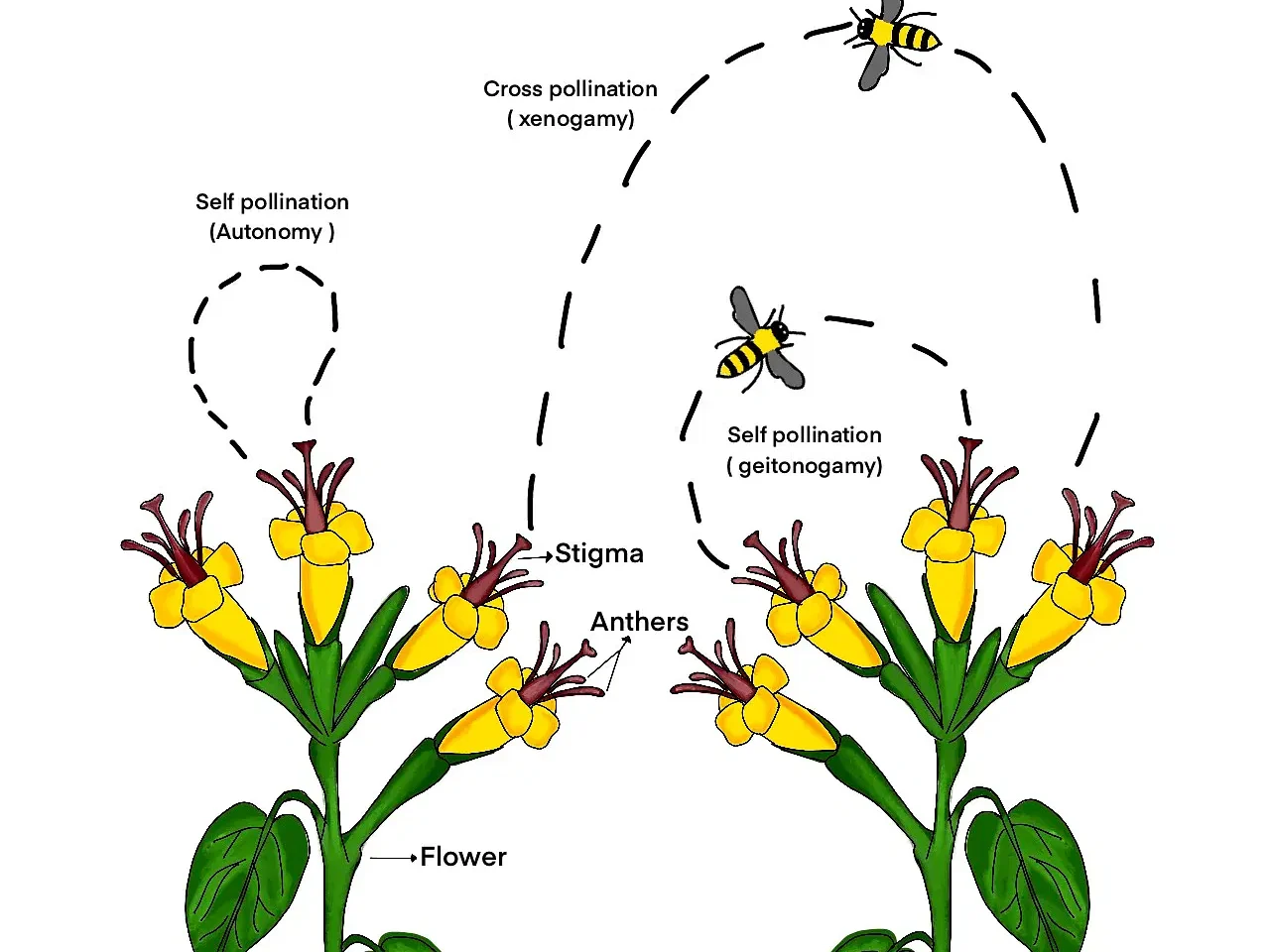Atomic Mass and Molecular Mass
Atomic mass and molecular mass are fundamental concepts in chemistry that help us understand the mass of atoms and molecules in relation to the standard carbon-12 atom.
Atomic Mass
Atomic mass is the mass of an atom expressed in atomic mass units (amu). It is defined as the weighted average mass of the isotopes of an element relative to 1/12th the mass of a carbon-12 atom.

Example:
Determine the atomic mass of chlorine given that it has two isotopes: Cl-35 (75%) and Cl-37 (25%).
Step 1: Calculate the weighted average.
Atomic mass of chlorine = (0.75 × 35 amu) + (0.25 × 37 amu)
= 26.25 amu + 9.25 amu
= 35.5 amu
Molecular Mass
Molecular mass is the sum of the atomic masses of all the atoms in a molecule. It is also expressed in atomic mass units (amu).
Example:Calculate the molecular mass of water (H2O).
Step 1: Determine the atomic masses of hydrogen and oxygen:
Atomic mass of hydrogen (H) = 1 amu
Atomic mass of oxygen (O) = 16 amu
Step 2: Add the atomic masses according to the molecular formula:
Molecular mass of H2O = (2 × 1 amu) + (1 × 16 amu)
= 2 amu + 16 amu
= 18 amu
Illustrative Table:
| Compound | Atoms | Molecular Mass (amu) |
|---|---|---|
| Water (H2O) | 2 H, 1 O | 18 amu |
| Carbon dioxide (CO2) | 1 C, 2 O | 44 amu |
| Glucose (C6H12O6) | 6 C, 12 H, 6 O | 180 amu |

